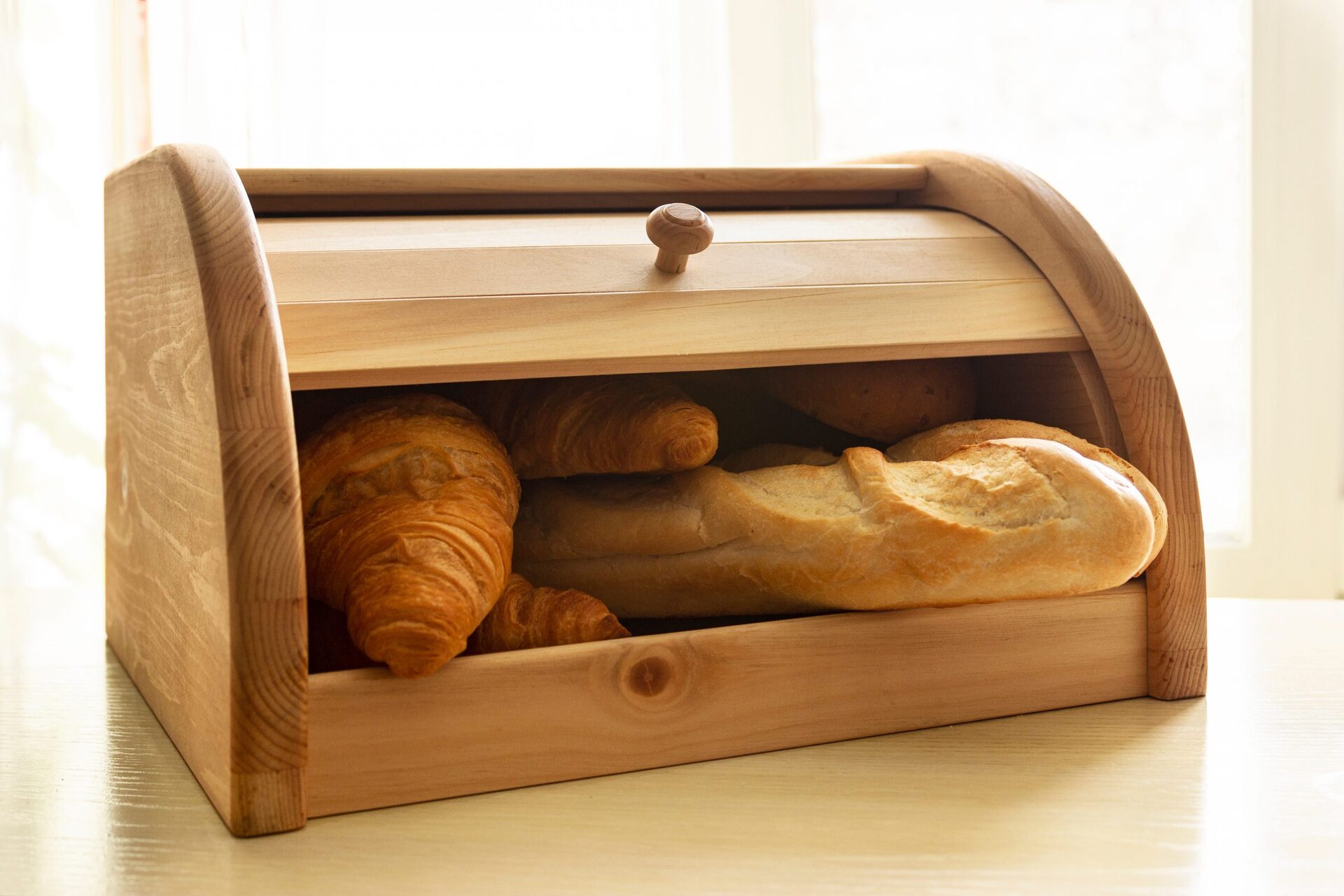

Articles
How To Store Bread Without Plastic
Modified: November 2, 2024
Learn how to store bread without using plastic with our informative articles. Discover eco-friendly alternatives to keep your bread fresh and reduce waste.
(Many of the links in this article redirect to a specific reviewed product. Your purchase of these products through affiliate links helps to generate commission for Storables.com, at no extra cost. Learn more)
Introduction
Welcome to the ultimate guide on how to store bread without using plastic! In today’s world, where environmental sustainability is a top priority, finding alternative ways to store our food is becoming increasingly important. Bread, being a staple in many households, is often stored in plastic bags or containers, contributing to plastic waste and environmental pollution.
Plastic is not only harmful to the environment, but it can also negatively affect the quality and freshness of bread. It traps moisture, which can result in soggy bread, and it can even cause mold growth if not properly ventilated. By using alternative storage methods, we can not only reduce our plastic usage but also keep our bread fresher and more delicious for longer.
In this article, we will explore various traditional and innovative ways to store bread without using plastic. Whether you prefer a classic approach or want to try out some new eco-friendly alternatives, we’ve got you covered. So, let’s dive in and discover how to store bread in an environmentally friendly and sustainable manner!
Key Takeaways:
- Say goodbye to plastic and hello to fresher bread! Traditional and innovative methods like bread boxes, cloth bags, and beeswax wraps offer eco-friendly and effective ways to store bread without plastic, reducing environmental impact and enhancing flavor.
- Embrace sustainability with stylish and durable alternatives to plastic bread storage. From bamboo bread boxes to silicone bags, these options not only keep bread fresh but also contribute to a greener future by reducing plastic waste.
Read more: How To Store Food Without Plastic
Why Avoid Plastic for Storing Bread
Plastic is harmful to the environment in many ways. It is not biodegradable and can persist in the environment for hundreds of years, releasing toxic chemicals as it breaks down. When plastic is used for storing bread, it contributes to the growing problem of plastic pollution and its devastating impact on ecosystems.
Furthermore, plastic is not the ideal material for storing bread. It does not allow sufficient airflow, leading to trapped moisture and the potential for mold growth. The lack of ventilation can also result in stale bread, as it prevents moisture from escaping and causes the bread to become soggy.
Plastic bags or containers can also impact the texture and taste of bread. As the bread sits in an airtight plastic environment, it can become chewy or lose its original crustiness. Plastic can also impart unwanted flavors and odors onto the bread, affecting its overall quality.
By avoiding plastic for bread storage, we can reduce our environmental footprint and enjoy fresher, tastier bread that is free from harmful chemicals. Now, let’s explore traditional and alternative methods of storing bread without plastic!
Traditional Bread Storage Methods
Long before plastic became the go-to option for bread storage, people around the world used traditional methods to keep their bread fresh. These methods rely on natural materials and techniques that allow for proper airflow and moisture control. Let’s explore some of these traditional bread storage methods:
- Bread Box: A bread box is a classic storage option that has been used for generations. It is typically made of wood or metal and features ventilation holes to allow air circulation. The bread box helps maintain a stable environment for the bread, keeping it fresh and preventing it from drying out.
- Cloth Bread Bags: Cloth bread bags are another traditional way to store bread. Made from breathable cotton or linen, these bags allow for airflow while protecting the bread from dust and other contaminants. The absorbent nature of the fabric also helps to regulate moisture, keeping the bread soft and fresh for longer.
- Bread Bin: A bread bin is a container specifically designed for bread storage. It is often made of wood, ceramic, or metal and provides a breathable environment for the bread. The bin’s lid helps to keep the bread protected while still allowing air circulation.
- Bread Drawer: In some households, a designated bread drawer is used to store bread. This drawer is typically lined with a linen or paper towel to absorb excess moisture and maintain the bread’s freshness.
- Handwoven Baskets: Handwoven baskets made from natural materials such as seagrass or rattan are popular in some cultures for storing bread. These baskets promote airflow and can add a rustic touch to your kitchen.
These traditional storage methods have stood the test of time and continue to be reliable options for keeping bread fresh. However, if you’re looking for more innovative and eco-friendly alternatives, keep reading as we explore alternative ways to store bread without using plastic!
Alternative Ways to Store Bread
If you’re looking to take your bread storage game to the next level, there are several innovative and eco-friendly options available. These alternative methods not only reduce plastic waste but also offer unique benefits for keeping your bread fresh and delicious. Let’s explore them:
- Bread Box: A modern take on the traditional bread box, there are now sleek and stylish bread boxes available made from sustainable and eco-friendly materials such as bamboo or recycled plastic. These innovative bread boxes feature improved ventilation systems and adjustable air vents to optimize airflow and prolong bread freshness.
- Cloth Bread Bags: Cloth bread bags have evolved to meet modern needs. You can now find bread bags made from organic cotton or hemp, which are reusable, washable, and highly breathable. Some bags even have a drawstring closure to ensure a snug fit and added freshness.
- Beeswax Wrap: Beeswax wrap is a natural and biodegradable alternative to plastic wrap. It is made by infusing cotton fabric with beeswax, jojoba oil, and tree resin to create a flexible and moldable wrap. You can use the beeswax wrap to cover your bread, allowing it to breathe while protecting it from drying out.
- Silicone Bread Bags: Silicone bread bags are a great option if you’re looking for a more durable and long-lasting alternative. Made from food-grade silicone, these bags are reusable, easy to clean, and airtight. They provide an excellent seal, keeping your bread fresh and moist without the use of plastic.
- Glass or Ceramic Containers: If you prefer a transparent storage option, glass or ceramic containers are a fantastic alternative. You can find bread storage containers made from borosilicate glass or lead-free ceramics, which provide a breathable environment while keeping your bread protected and visible.
These alternative ways to store bread offer a range of options to suit your needs and preferences. Whether you want to go for a classic approach with a modern twist or explore new materials like beeswax or silicone, you can find a solution that is both sustainable and effective.
By opting for these alternative storage methods, you can contribute to a greener and more eco-friendly lifestyle while enjoying the benefits of fresh and delicious bread.
Now that you’re equipped with various methods to store bread without using plastic, you can choose the option that best suits your preferences and aligns with your commitment to sustainability.
Bread Box
A bread box is a classic and effective way to store bread while keeping it fresh and protected. The bread box acts as a specialized container that provides the optimal environment for bread storage.
Traditional bread boxes are typically made of wood or metal and feature ventilation holes or slits to allow air circulation. This airflow helps prevent moisture buildup and staleness, resulting in longer-lasting bread with better texture and taste.
Modern bread boxes have evolved to incorporate sustainable and eco-friendly materials. You can now find bread boxes made from bamboo, a renewable resource that is both durable and aesthetically pleasing. Some bread boxes are also made from recycled plastic materials, providing a second life for plastic waste.
One of the advantages of using a bread box is that it helps maintain a consistent environment for your bread. The box protects the bread from external factors that can compromise its freshness, such as exposure to light, temperature fluctuations, and excess moisture. This controlled environment keeps the bread at an optimal moisture level, preventing it from drying out or becoming soggy.
When using a bread box, it is important to keep it clean to avoid any potential mold or bacteria growth. Regularly wipe down the interior with a damp cloth to remove any crumbs or debris. This will ensure that your bread stays fresh and hygienic.
Using a bread box not only helps reduce plastic waste but also adds a charming and nostalgic touch to your kitchen. It allows you to display your bread, making it easily accessible while keeping it fresh and flavorful for longer.
So, if you’re looking for a classic and environmentally friendly way to store your bread, a bread box is an excellent option to consider!
Store bread in a bread box or a paper bag to keep it fresh without using plastic. Avoid storing bread in the refrigerator, as it can make it go stale faster.
Read more: How To Store Kale In Fridge Without Plastic
Cloth Bread Bags
Cloth bread bags are a convenient and sustainable alternative to plastic bags for storing bread. Made from breathable fabrics such as cotton or linen, these bags allow for proper airflow while protecting the bread from external elements.
One of the advantages of using cloth bread bags is their reusability. Unlike single-use plastic bags, cloth bags can be washed and used repeatedly, reducing the amount of waste generated. This makes them an eco-friendly choice for bread storage.
The breathable nature of cloth bread bags helps regulate moisture, preventing the bread from becoming too dry or too moist. The fabric absorbs excess moisture, ensuring that the bread retains its freshness and texture. The breathable properties also help prevent mold growth, as moisture is allowed to escape instead of being trapped inside the bag.
Cloth bread bags are available in various sizes to accommodate different bread types and sizes. Some bags feature a drawstring closure, allowing you to secure the bag tightly and maintain freshness. Others may have a plastic coating on the inside to provide an additional layer of protection against moisture.
When using cloth bread bags, it’s recommended to store the bread in a cool and dry place, away from direct sunlight. This will help preserve the bread’s quality for a longer period. Additionally, it’s a good practice to clean the bags regularly to maintain hygiene. Most cloth bread bags can be machine-washed or hand-washed with mild detergent.
Aside from their practicality, cloth bread bags add a touch of style to your kitchen. Many options come in attractive designs and patterns, allowing you to showcase your commitment to sustainable living in a fashionable way.
So, if you’re looking for an eco-friendly and reusable option to store your bread, consider using cloth bread bags. They not only help reduce plastic waste but also keep your bread fresh and flavorful until the very last slice.
Beeswax Wrap
Beeswax wrap is a natural and sustainable alternative to plastic wrap that can be used to store bread and other food items. Made from cotton fabric coated with a mixture of beeswax, jojoba oil, and tree resin, beeswax wrap is a flexible and moldable material that can effectively preserve bread’s freshness.
One of the main benefits of using beeswax wrap for bread storage is its ability to allow the bread to breathe. The natural ingredients in the wrap create a breathable barrier that helps regulate moisture without trapping it. This prevents the bread from becoming soggy or dry, keeping it fresh and tasty for longer periods.
Using beeswax wrap is simple. All you need to do is wrap the bread tightly with the beeswax wrap, ensuring it is well-sealed. The warmth of your hands will soften the wrap, allowing it to adhere to the bread’s shape and create a secure seal. The wrap becomes slightly tacky, helping to keep the wrap in place and maintain freshness.
When not in use, beeswax wrap can be washed with cool water and mild soap. Avoid using hot water, as it can melt the beeswax. Once clean and dry, beeswax wrap can be folded and stored for future use.
It’s important to note that beeswax wrap is not recommended for storing hot or warm bread, as the heat can cause the wrap to melt. Allow bread to cool completely before wrapping it with beeswax wrap.
One of the significant advantages of beeswax wrap is that it is a natural and biodegradable material. Beeswax is harvested sustainably, and the wrap can break down over time, reducing its impact on the environment compared to plastic wrap.
Furthermore, beeswax wrap is versatile and can be used for other food storage purposes, such as wrapping fruits, vegetables, cheeses, or sandwiches. Its versatility makes it a valuable addition to any kitchen striving to reduce plastic waste and embrace sustainable living.
By using beeswax wrap to store your bread, you can enjoy fresh, delicious loaves while making a positive impact on the environment.
Silicone Bread Bags
Silicone bread bags are a fantastic alternative to plastic bags when it comes to storing bread. Made from food-grade silicone, these bags provide a reusable and airtight solution for keeping your bread fresh and delicious.
One of the key benefits of silicone bread bags is their durability. Unlike plastic bags that can tear or become brittle over time, silicone bags are designed to withstand frequent use and can last for years. This makes them a cost-effective and eco-friendly choice.
The airtight seal provided by silicone bread bags helps to keep bread fresher for longer. It prevents air from entering or escaping the bag, reducing the risk of moisture loss or absorption. This results in bread that maintains its texture, flavor, and moisture level, even after several days of storage.
Another advantage of silicone bread bags is their versatility. They are not limited to bread storage but can also be used for storing other baked goods, fruits, vegetables, and snacks. These bags are suitable for both refrigerated and countertop storage, making them a versatile option for various kitchen storage needs.
When it comes to cleaning, silicone bread bags are dishwasher-safe, which makes them convenient and easy to maintain. They can also be washed by hand using warm water and dish soap. Ensure the bags are completely dry before storing them to prevent any moisture buildup that could affect the bread’s freshness.
Additionally, silicone bread bags are more environmentally friendly than plastic bags. They are reusable and eliminate the need for single-use plastic bags, reducing plastic waste and its impact on the environment.
It’s important to note that silicone is a non-toxic material and does not release harmful chemicals when in contact with food. However, it’s still recommended to purchase silicone bread bags that are labeled as food-grade to ensure they meet safety standards.
With silicone bread bags, you can store your bread confidently, knowing that it will remain fresh and delicious for extended periods. By opting for these reusable and sustainable bags, you’re making a positive choice for the environment while enjoying the benefits of longer-lasting bread.
Glass or Ceramic Containers
Glass or ceramic containers are an excellent alternative to plastic for storing bread. These containers provide a breathable and visual option for keeping your bread fresh and protected.
Using glass or ceramic containers for bread storage offers several advantages. These materials do not retain or impart any flavors or odors onto the bread, ensuring that it maintains its original taste and aroma. Additionally, they are non-reactive and do not release any harmful chemicals when in contact with food, making them a safe and sanitary choice.
One of the key benefits of glass or ceramic containers is their ability to maintain a consistent environment for bread storage. These materials allow for proper airflow, preventing excess moisture buildup that can lead to sogginess or mold growth. The containers also provide insulation, helping to regulate temperature and keep the bread at its optimal state for longer periods.
When using glass or ceramic containers, it’s recommended to choose containers with lids to ensure a secure and airtight seal. This will help retain the bread’s freshness and prevent any external contaminants from affecting its quality. Transparent containers also allow you to easily see the contents, making it convenient to identify the stored bread.
Glass and ceramic containers are also known for their durability and longevity. They can withstand frequent use and resist cracking or staining. This makes them a sustainable choice, as they can be used for many years, reducing the need for disposable plastic storage options.
When it comes to cleaning, glass or ceramic containers can be hand-washed or placed in the dishwasher, depending on the manufacturer’s instructions. It’s important to ensure that the containers are completely dry before placing bread inside to prevent moisture from affecting its freshness.
Using glass or ceramic containers not only eliminates the use of plastic but also adds an elegant and stylish touch to your kitchen. They can be displayed on countertops or shelves, enhancing the visual appeal of your bread storage while keeping it fresh and delicious.
By opting for glass or ceramic containers, you’re making a sustainable choice that benefits both the environment and the quality of your stored bread.
Conclusion
When it comes to storing bread without plastic, there are numerous traditional and alternative methods available. By avoiding plastic, we not only reduce our environmental impact but also ensure that our bread stays fresher and more flavorful for longer periods.
In this article, we explored various ways to store bread without using plastic. We discussed traditional methods such as bread boxes, cloth bread bags, bread bins, bread drawers, and handwoven baskets. These methods have been used for generations and offer effective ways to keep bread fresh while adding a touch of charm to our kitchens.
Additionally, we explored alternative options that are gaining popularity in the eco-friendly community. Beeswax wraps provide a natural and biodegradable solution, while silicone bread bags offer durability and an airtight seal. Glass or ceramic containers provide breathability and visual appeal, adding elegance to our bread storage routine.
Each of these methods has its own advantages, so you can choose the one that suits your needs, preferences, and commitment to sustainability. By incorporating these alternative methods into our daily lives, we can make a positive impact on the environment by reducing plastic waste.
Remember, the key to successful bread storage lies in maintaining a proper balance of moisture and airflow. Keeping your bread in an environment that allows it to breathe and at the right level of moisture will result in bread that stays fresh, flavorful, and free from mold or staleness.
So, whether you opt for a classic bread box, cloth bread bags, beeswax wrap, silicone bread bags, or glass and ceramic containers, you can store your bread without plastic and enjoy the benefits of fresher, tastier loaves.
Let’s make a conscious effort to reduce plastic usage in our everyday lives and embrace more sustainable alternatives. By taking small steps like these, we can contribute to a greener and cleaner future for ourselves and generations to come.
Frequently Asked Questions about How To Store Bread Without Plastic
Was this page helpful?
At Storables.com, we guarantee accurate and reliable information. Our content, validated by Expert Board Contributors, is crafted following stringent Editorial Policies. We're committed to providing you with well-researched, expert-backed insights for all your informational needs.
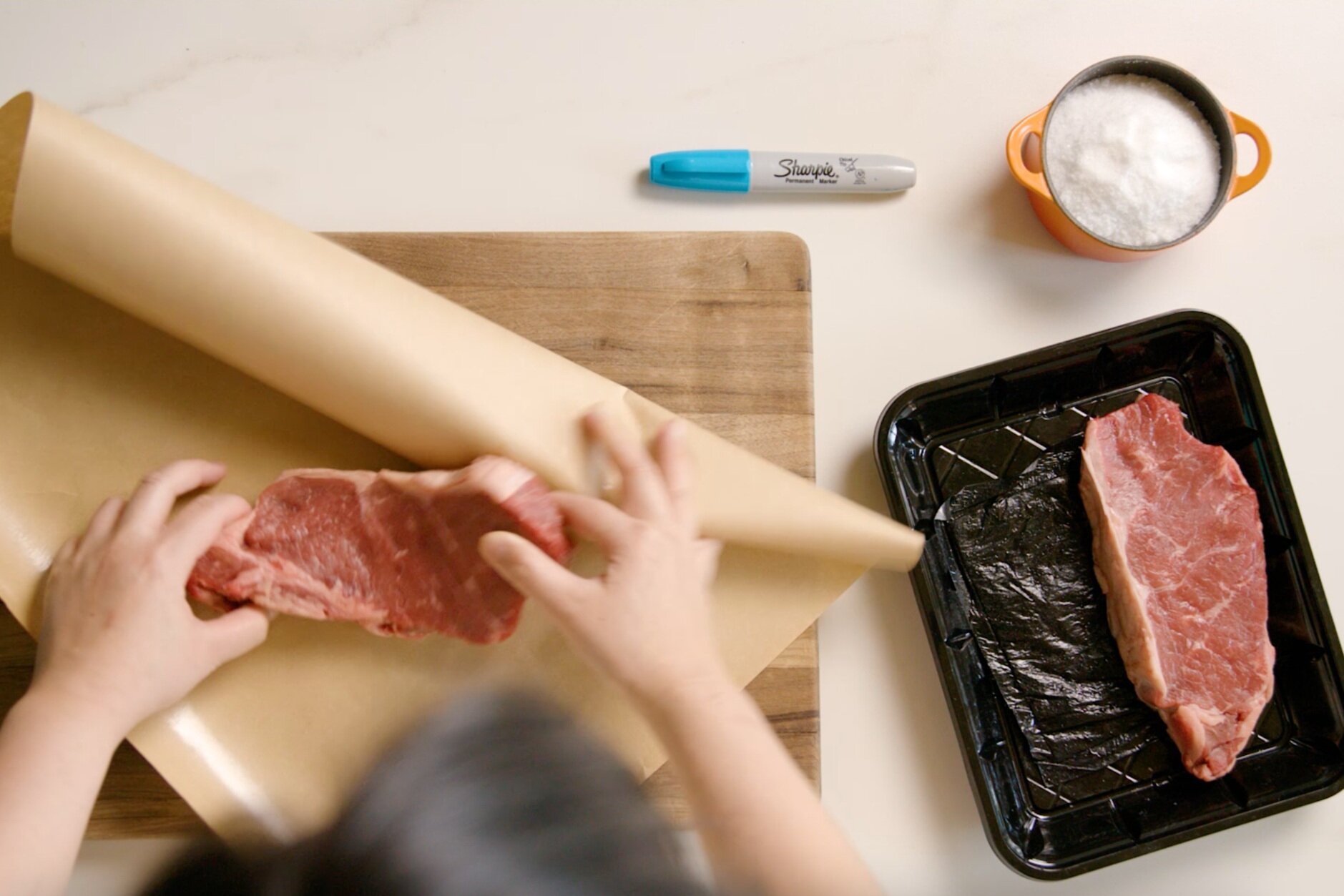
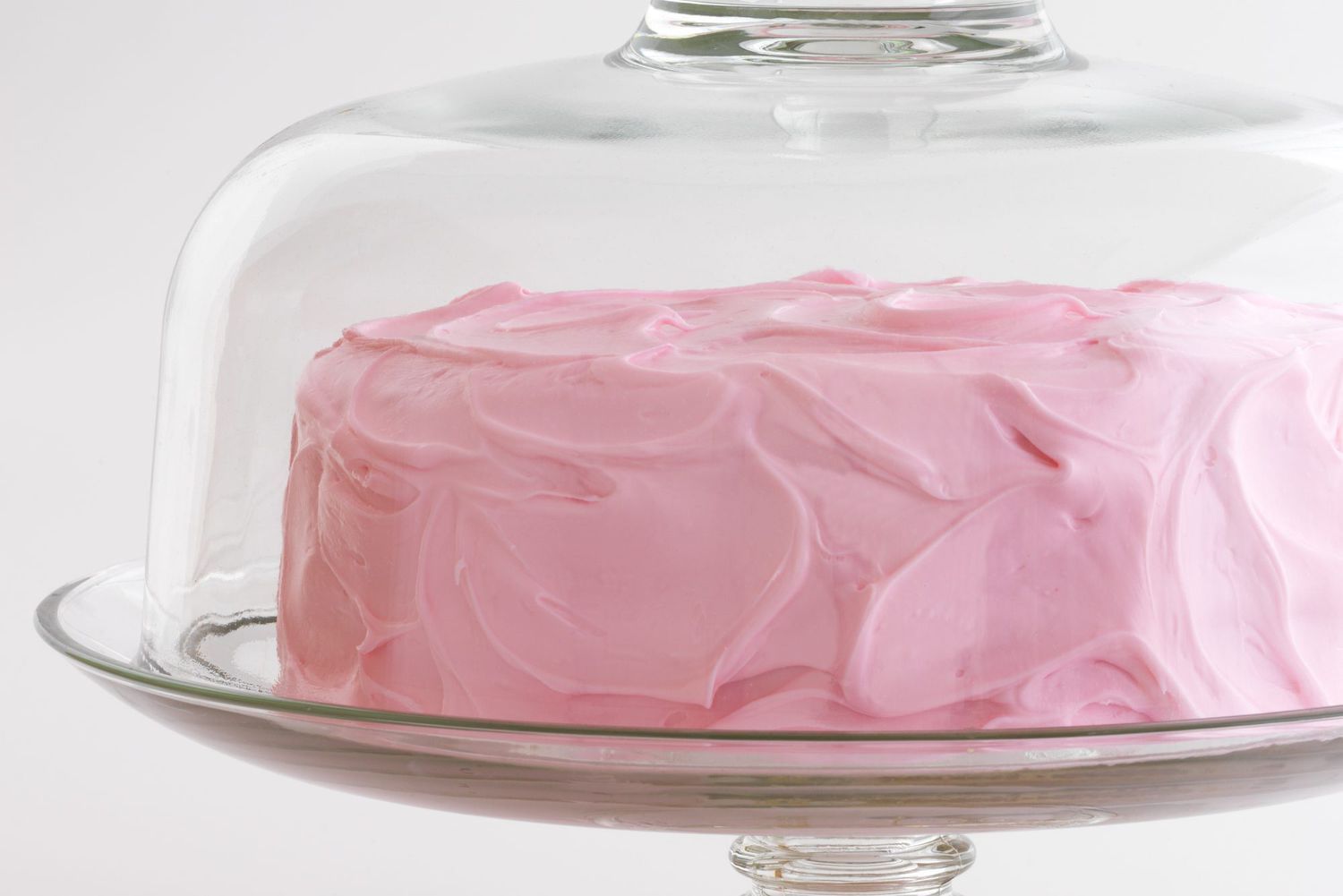
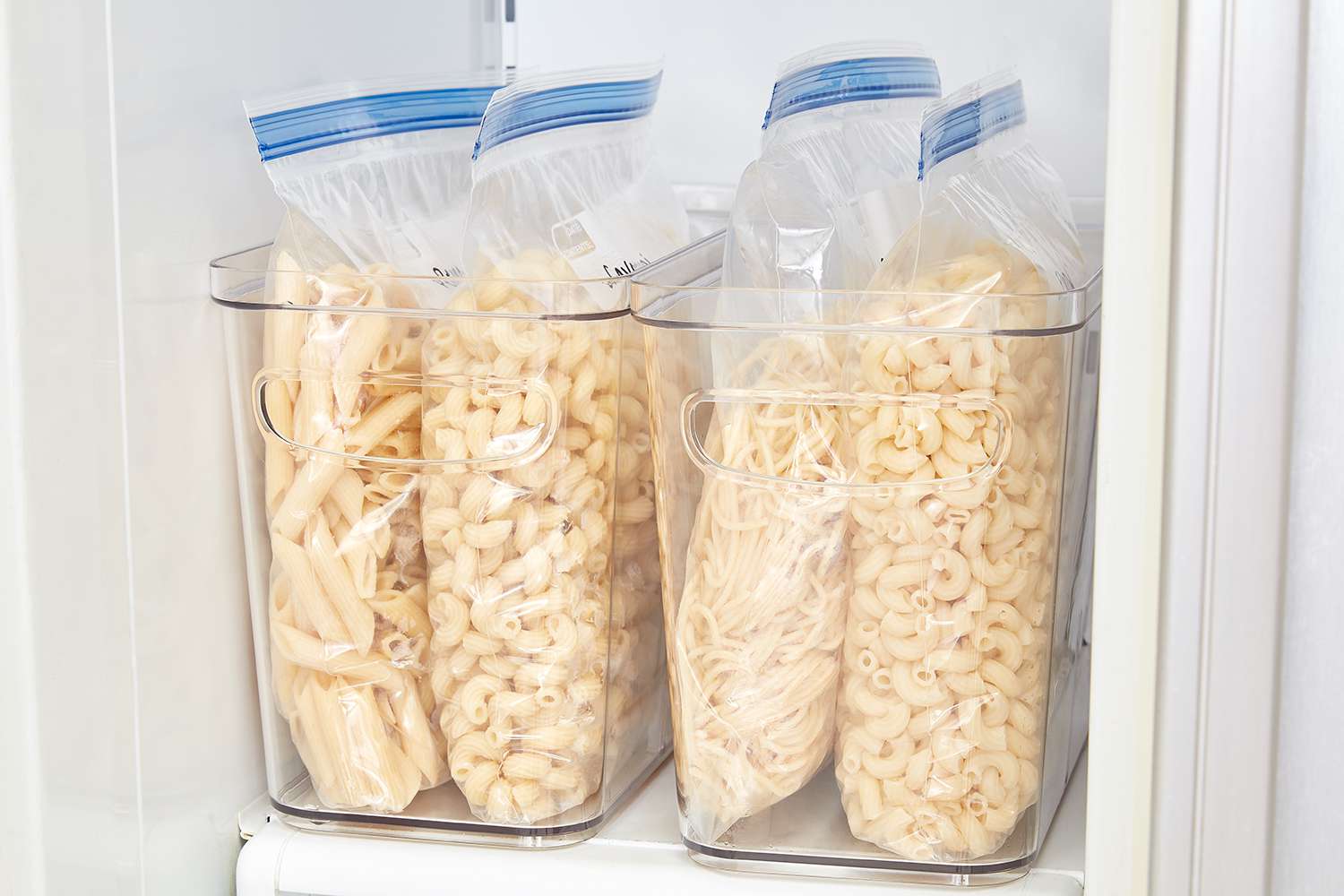
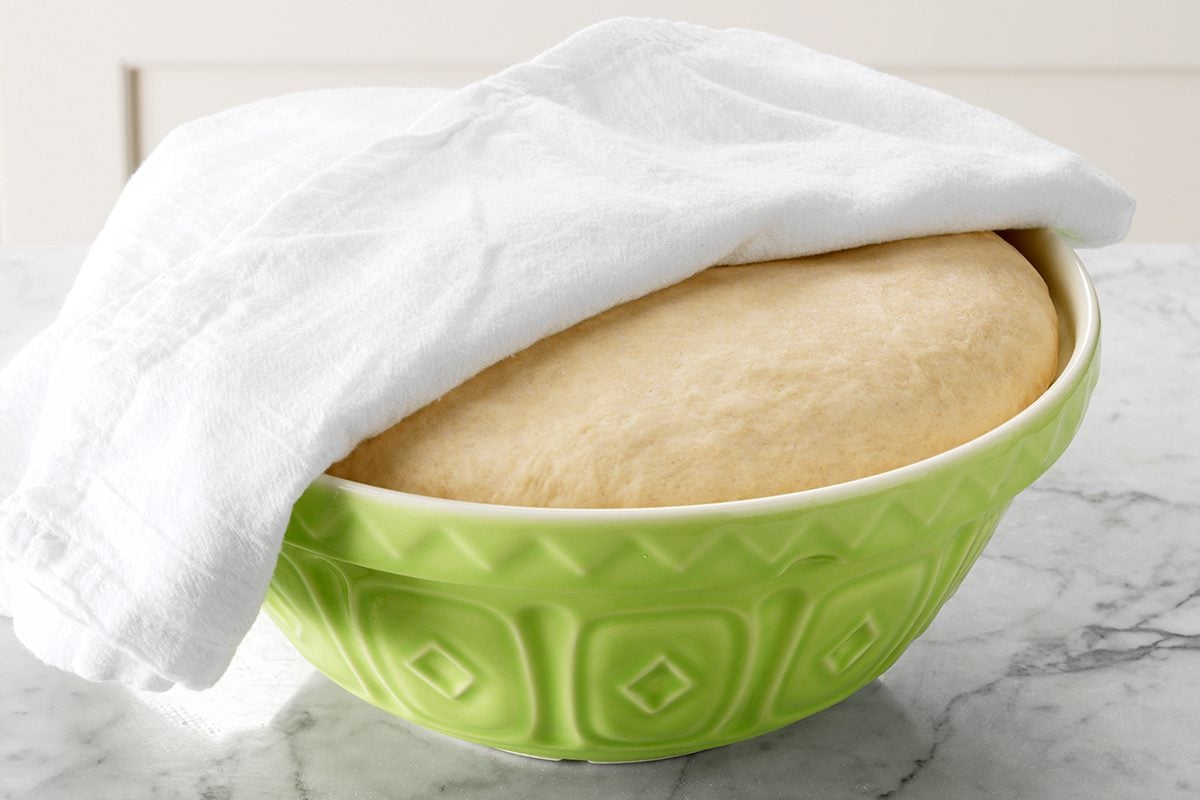
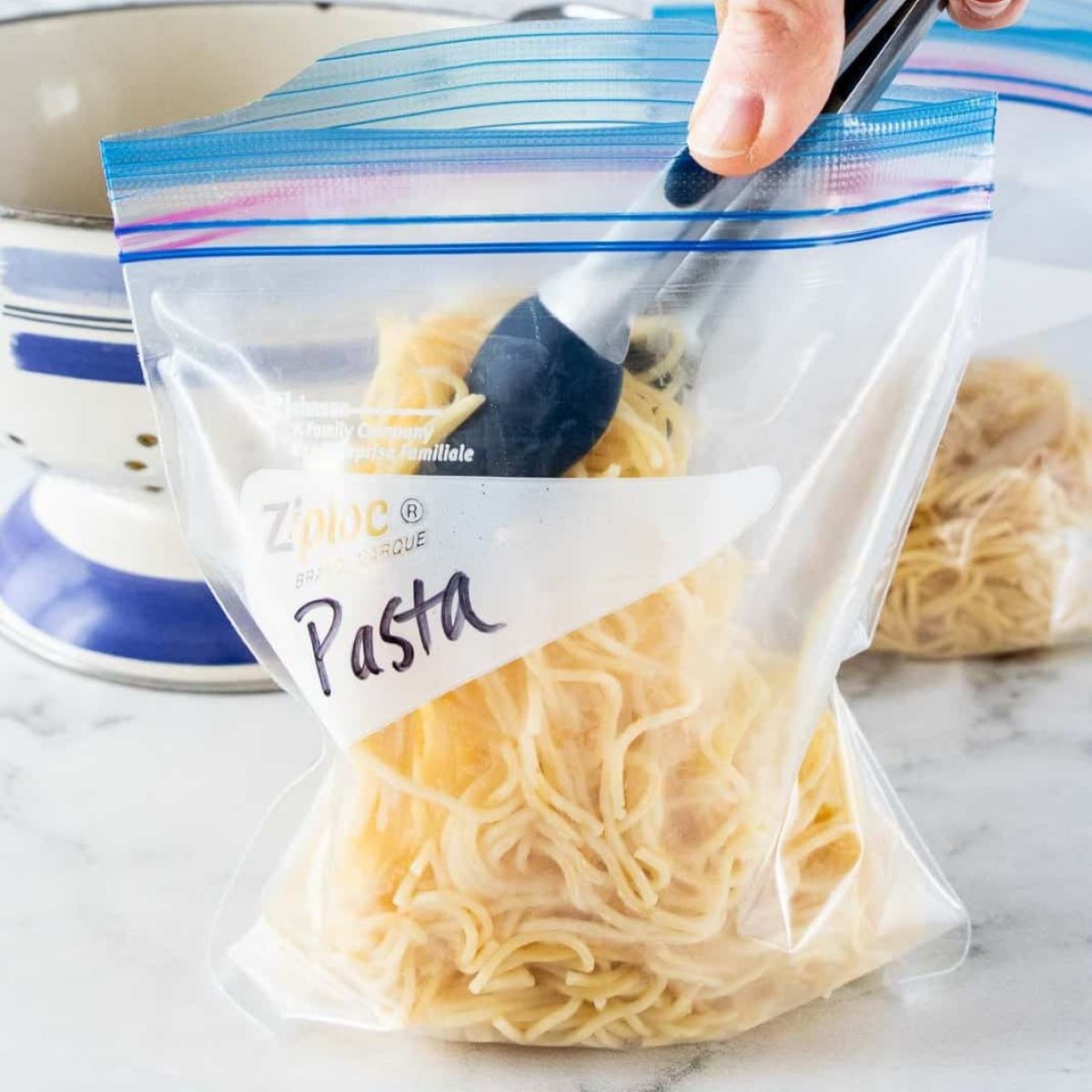
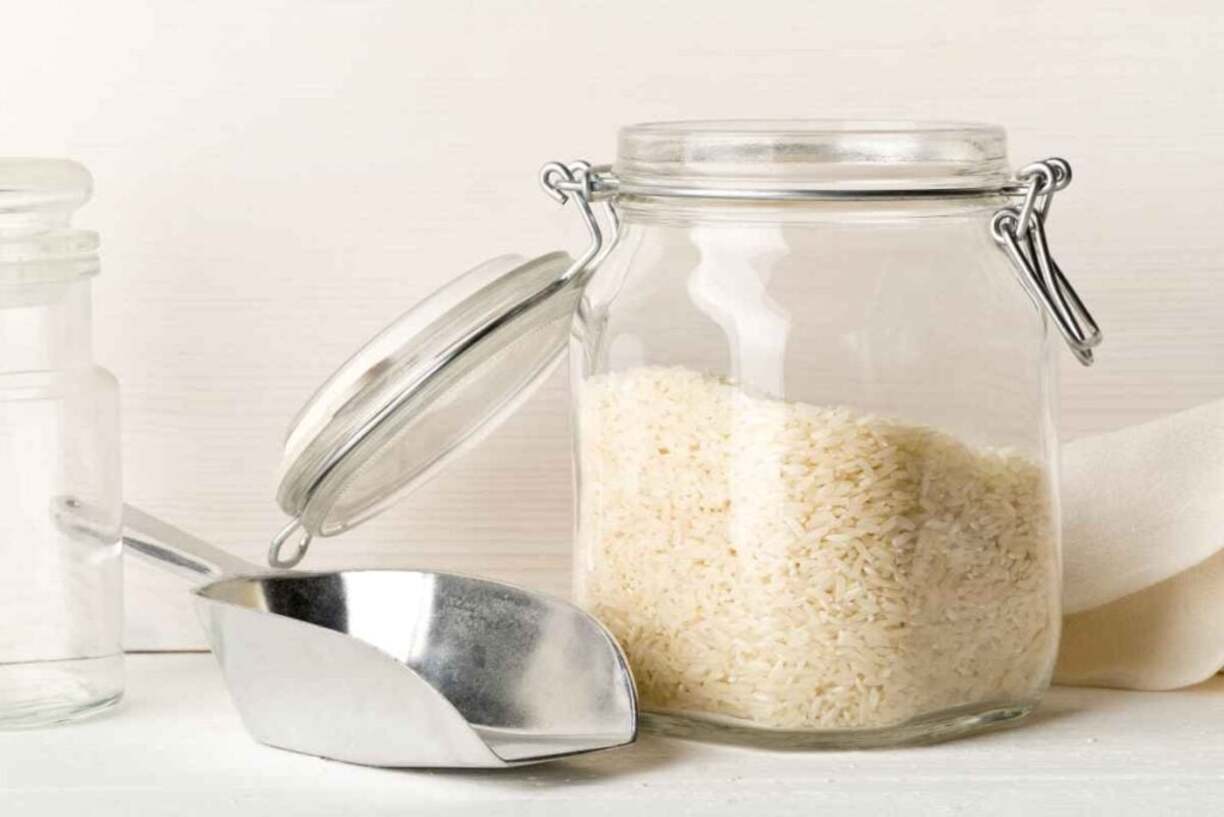
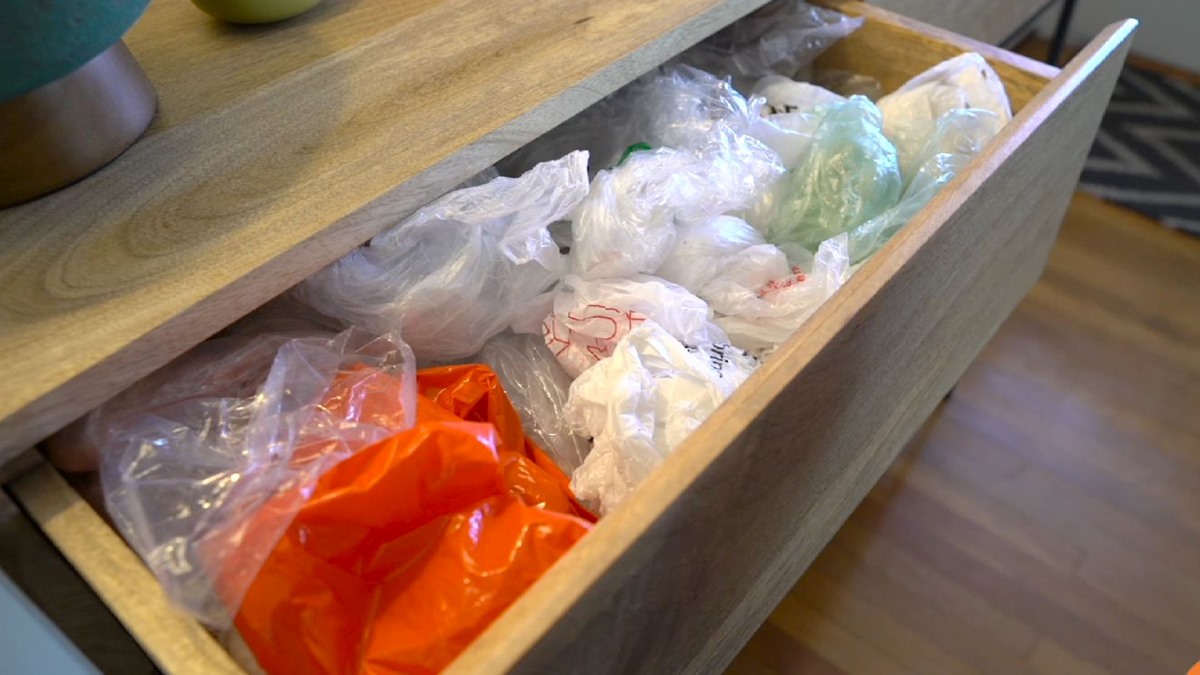
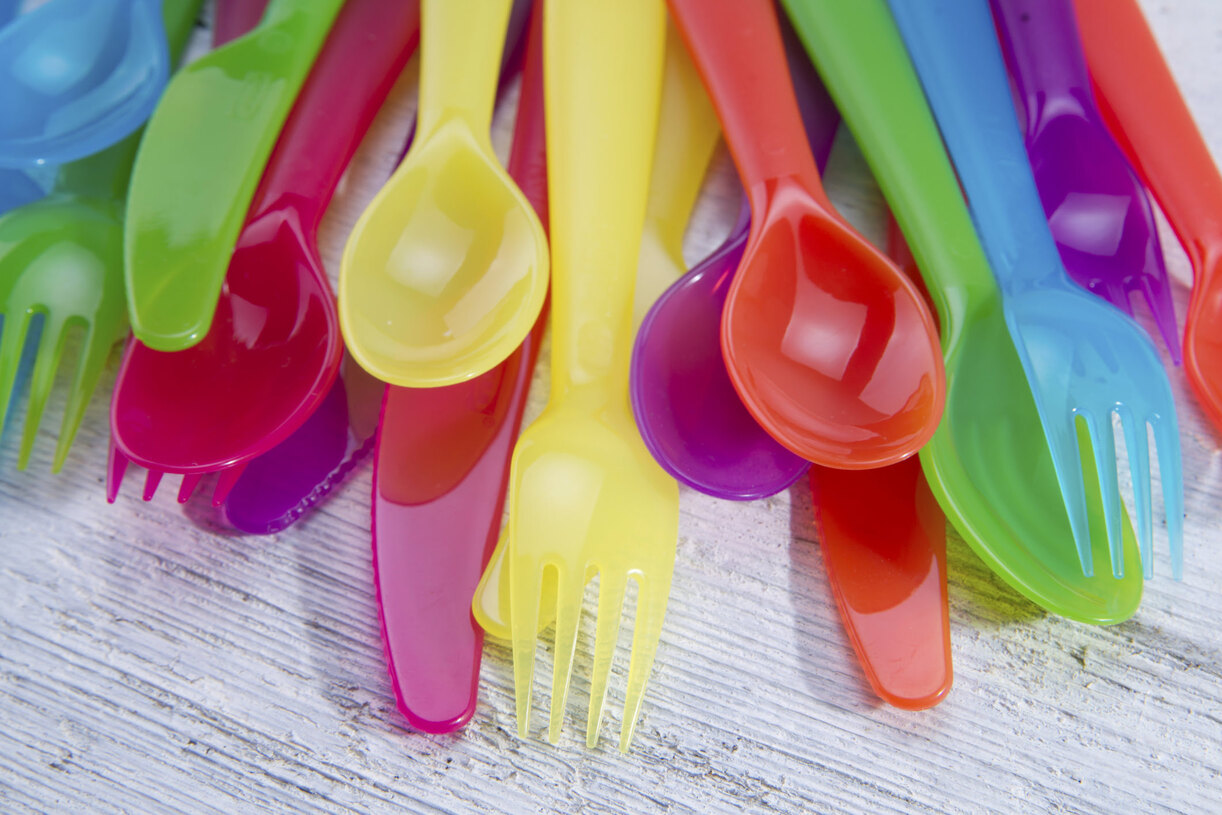
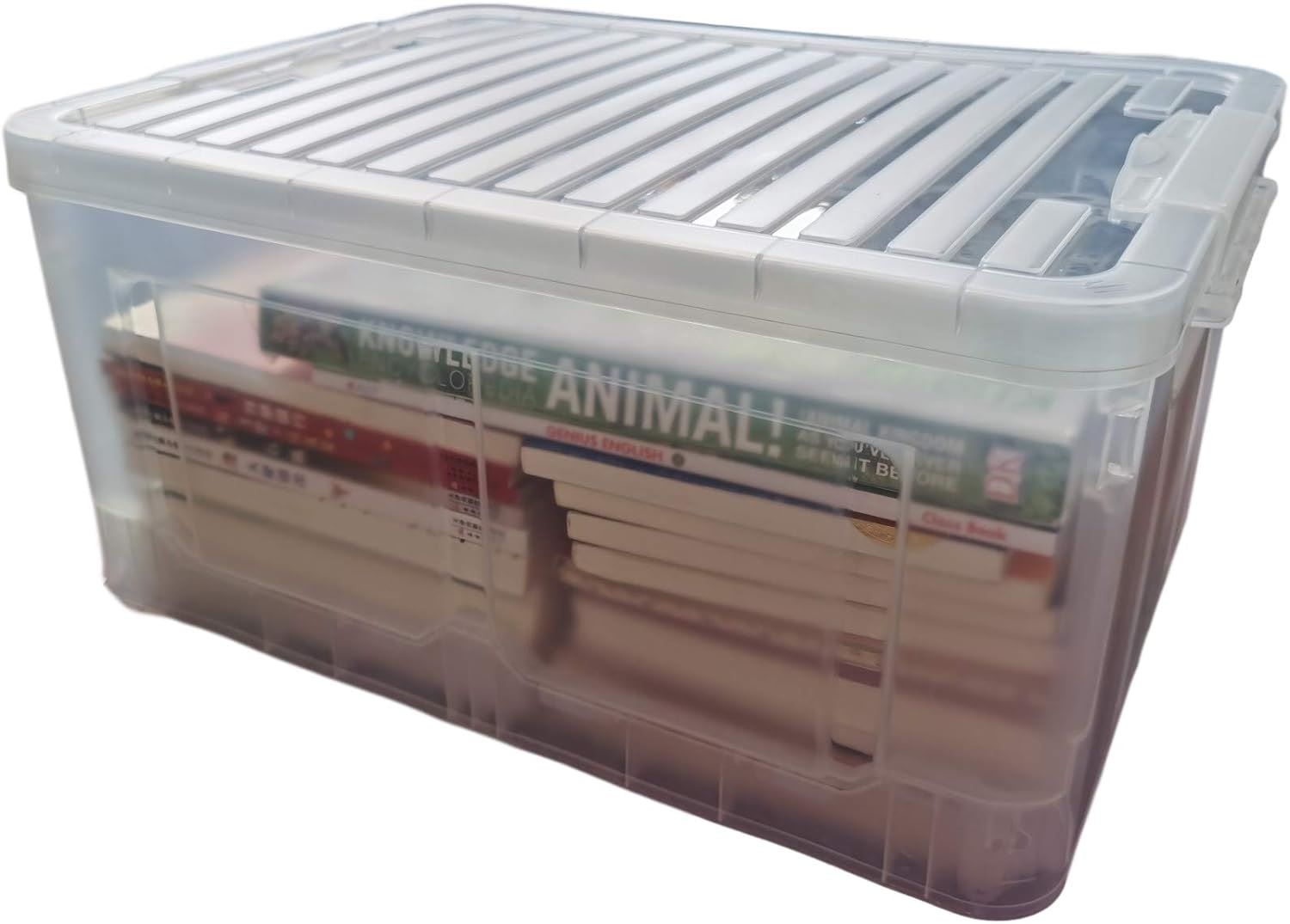
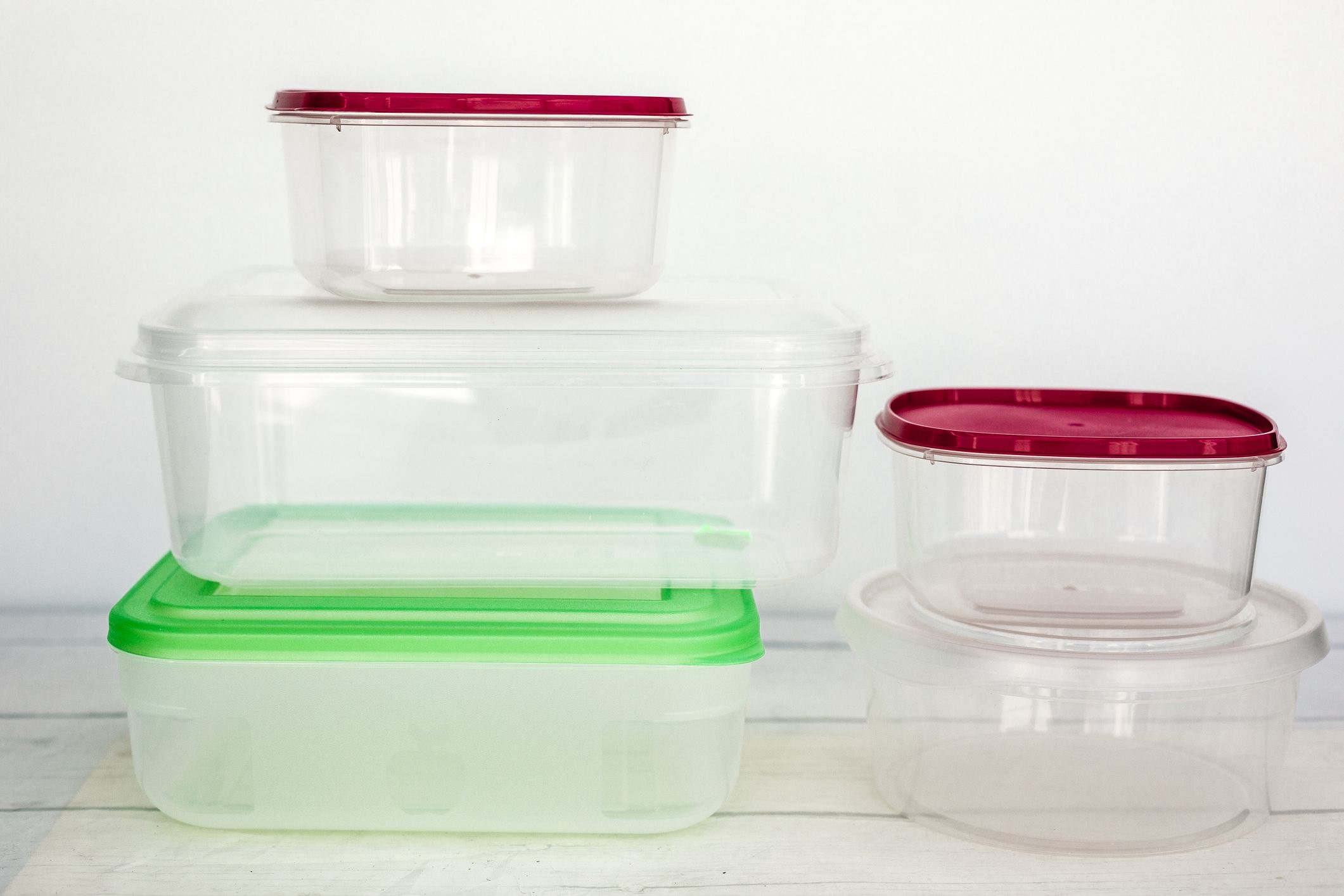

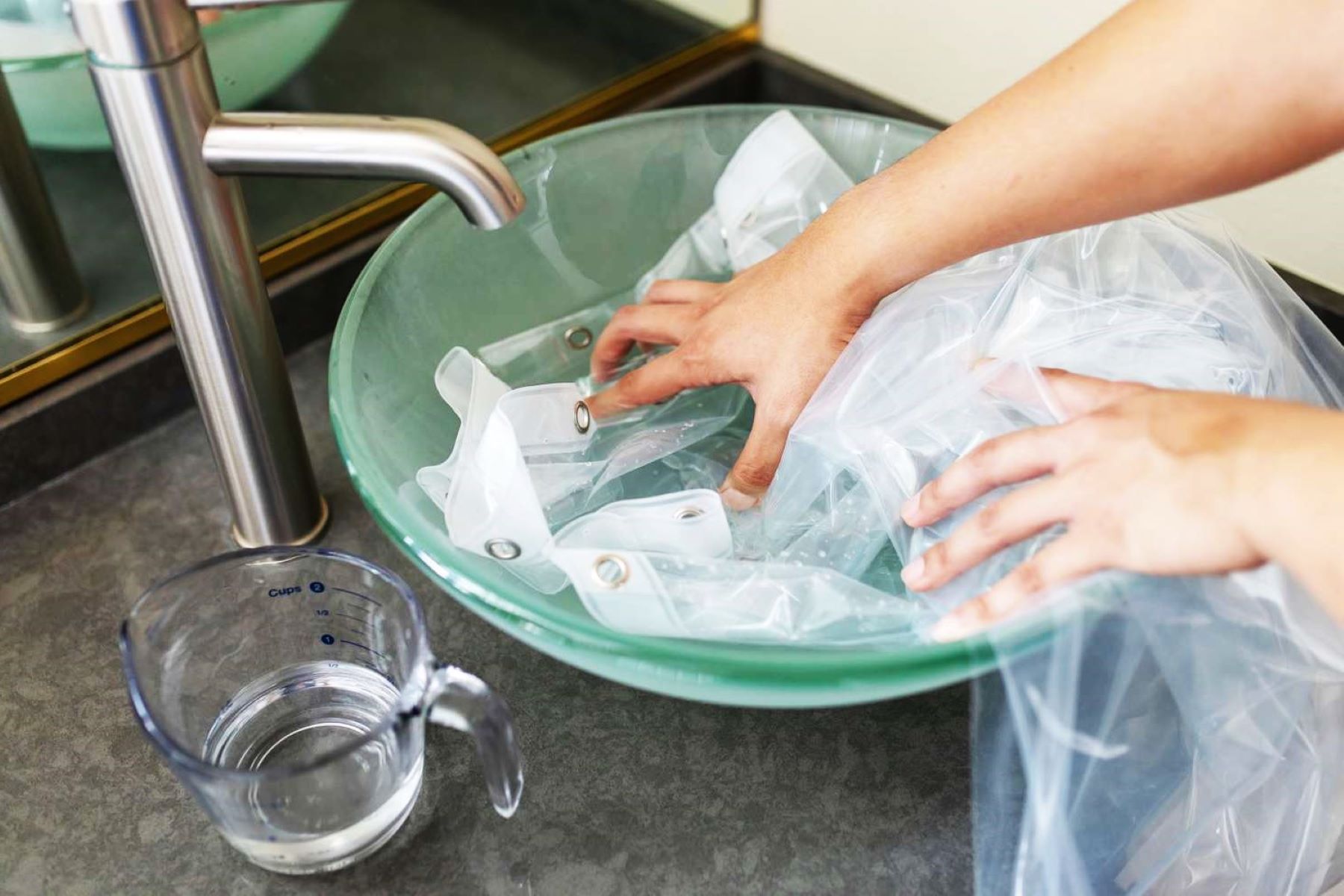
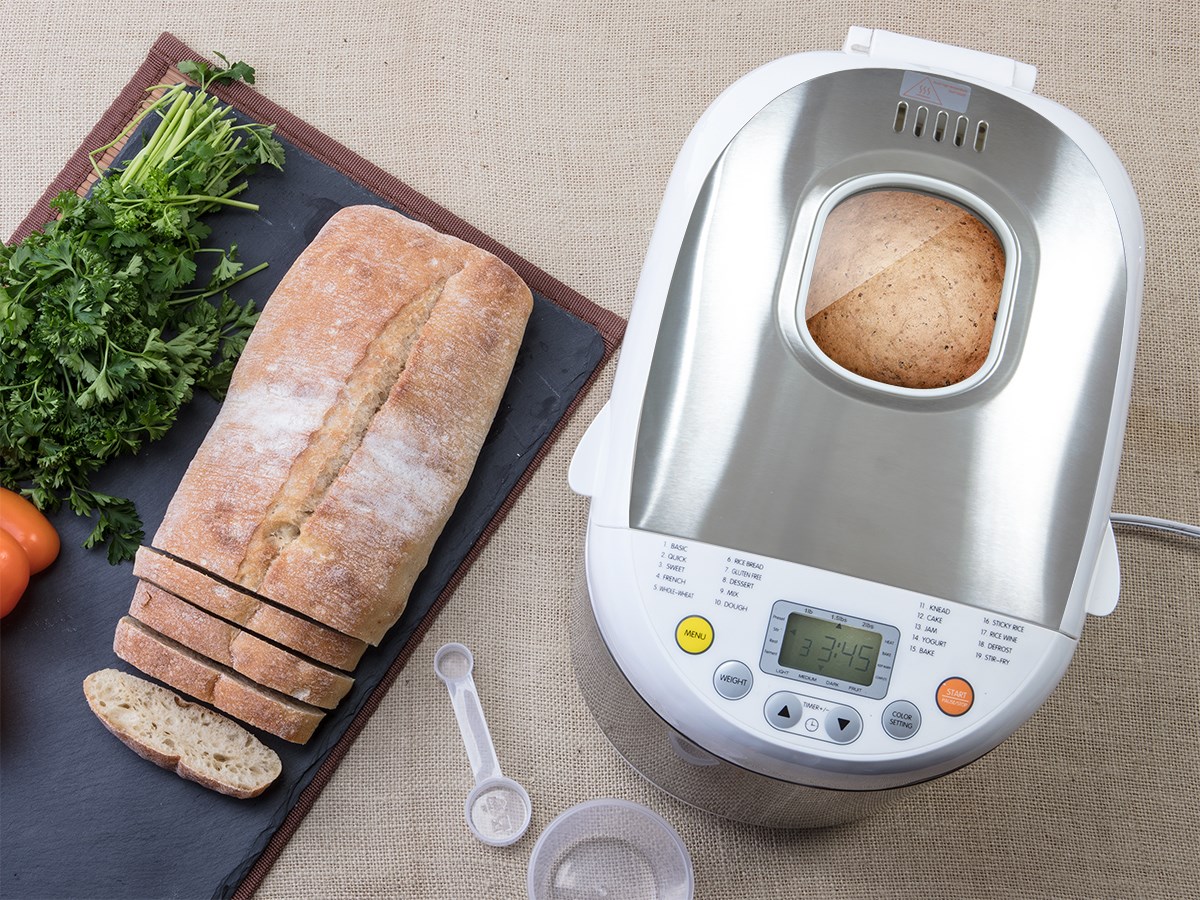

0 thoughts on “How To Store Bread Without Plastic”